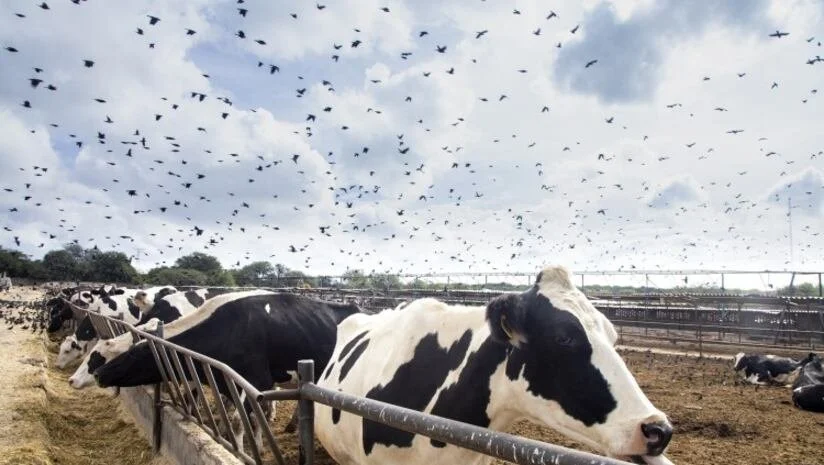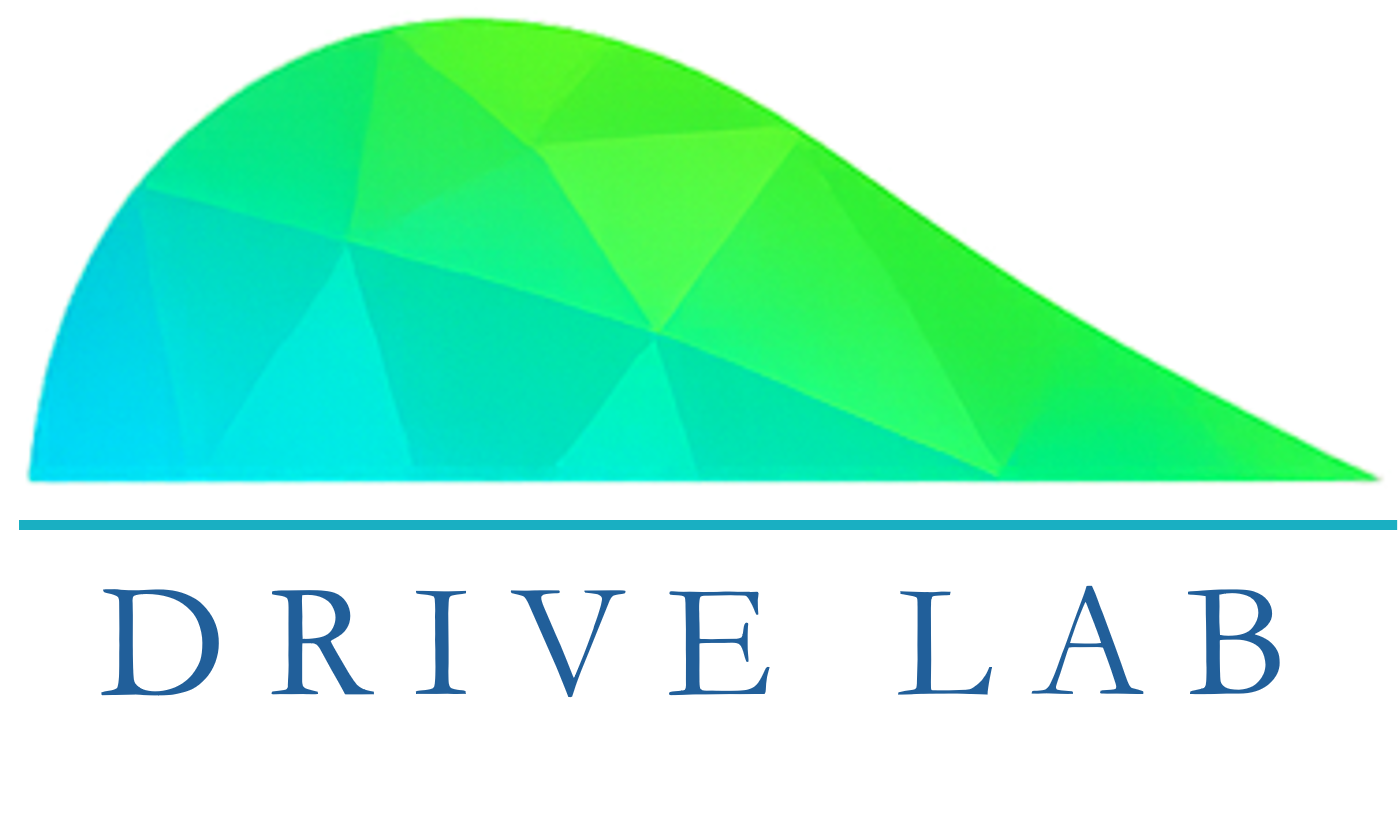
“We believe that great science can help make dairy farming healthier, smarter, and more sustainable for animals, producers, and the future of agriculture.”
Research areas
-

Infectious disease epidemiology – Highly Pathogenic Avian Influenza (HPAI) H5N1 in dairy cattle
HPAI H5N1 has circulated in wild and domestic birds worldwide for many years, but its recent spillover into dairy cattle has heightened concerns for animal health, food safety, human health, and environmental stability. We are working on key steps in controlling the virus such as understanding how it behaves in cattle, how it spreads within and between populations, and what this means for milk production, animal health, and the farm economy.
-

Milk quality and udder health.
Our research in milk quality and udder health is centered on advancing how mastitis is understood, detected, and managed in dairy herds. We combine epidemiology, microbiology, and emerging technologies to study the complex interactions between cows, pathogens, and the milking environment. Our work on milk quality and udder health aims to generate practical insights that improve diagnosis and prevention, reduce the impact of udder infections, and ultimately enhance both animal well-being and the quality and value of milk.
-

AI & innovation
Artificial intelligence and digital technologies are opening new possibilities for dairy research and farm management. By applying computer vision, automation, and data-driven systems, our work develops innovative tools to improve surveillance, support early detection, strengthen biosecurity, and enhance decision-making. We integrate these approaches across our work on infectious disease epidemiology, milk quality, and biosecurity, ensuring that AI-driven solutions directly support herd health, research innovation, and dairy sustainability.
-

Biosecurity, Outreach & Human Interface
Biosecurity is essential to prevent the introduction and spread of infectious diseases between animals, people, and the environment. Our work focuses on evaluating farm-level vulnerabilities, identifying areas for improvement, and developing practical tools to standardize biosecurity practices. By linking management routines, infrastructure, and human behaviors into measurable indicators, we aim to provide producers and veterinarians with actionable guidance. This research supports tailored interventions, stronger disease prevention, and greater resilience of the dairy industry against emerging health threats.

Current projects
Shedding and Environmental Transmission Pathways of HPAI H5N1 in Dairy Cattle.
Understanding shedding and environmental dynamics is critical for developing surveillance approaches that are practical and effective, ensuring testing focuses on the cows and sample types most likely to reveal infection. This study examines how HPAI H5N1 is shed in dairy cattle, the factors that influence this process, and the role of the environment in disease transmission. By comparing different sample types and linking them to animal characteristics, the project seeks to identify where and when the virus is most likely to be detected. The study also evaluates whether HPAI can persist and spread through environmental routes, clarifying the potential contribution of fomites and aerosolization to transmission among cattle. Overall, this work provides a foundation for improving disease monitoring, guiding farm management and biosecurity practices, and strengthening preparedness against the broader risks posed by HPAI in dairy systems.
Health, Production, and Human Approach Toward HPAI in Dairy Cattle
This integrated research program investigates the biological, productive, and behavioral impacts of HPAI H5N1 in dairy systems. It focuses on understanding how infection affects cow health, milk production, and herd performance over time, while also exploring how producers perceive and respond to the disease.
At the animal level, the study tracks antibody responses longitudinally to determine whether cows develop lasting immunity or remain vulnerable to reinfection. It also evaluates how HPAI influences productivity, udder health, and recovery dynamics, including the potential role of mammary gland involution during the dry period in restoring milk yield and udder function. Assessing these factors provides insight into the long-term health and economic burden of the disease and supports evidence-based management and biosecurity planning.
Complementing this biological work, the project also examines how dairy producers understand and perceive the risks of HPAI. By analyzing how farmer characteristics, farm-level factors, and prior exposure shape knowledge and attitudes, the study identifies key drivers and gaps in perception. These findings will inform targeted communication and outreach strategies designed to enhance disease awareness, build confidence in preventive practices, and strengthen preparedness across the dairy industry.
Development of a Biosecurity Index for Dairy Herds.
This study focuses on creating a biosecurity index that evaluates farm vulnerabilities and highlights areas for improvement in disease prevention. The index will integrate management practices, structural features, and daily routines into a practical tool that reflects a farm’s overall biosecurity status. By providing a clear and measurable benchmark, the project aims to help producers and veterinarians strengthen prevention strategies, reduce the risk of human–animal disease transmission, and enhance the long-term resilience of dairy herds.
Efficacy trial to evaluate alternative post-milking teat disinfection
This trial evaluates whether a new post-milking teat disinfectant with lower total iodine but higher free iodine can protect cows against intramammary infections as effectively as the standard high-iodine product, while also reducing costs for farmers and minimizing environmental impact. We have enrolled 2,000 cows (8,000 quarters) across four commercial farms and followed them for eight months, making it one of the largest and comprehensive field evaluations of teat disinfectants conducted under commercial conditions. The results will generate practical, evidence-based guidance to support sustainable mastitis prevention and protect milk quality.
Use of Deep Learning Models for Mastitis Diagnostics
Accurate classification and counting of bacterial colonies on agar plates is essential for mastitis diagnosis and antimicrobial stewardship, but current methods rely on labor-intensive manual inspection. In this project, we are developing an automated image analysis tool using computer vision and deep learning, to detect, classify, and count colonies from quarter-level milk cultures.
AI-Based System for Dairy Cattle Identification and Contact Monitoring
A major challenge in dairy epidemiology is reliably identifying and re-identifying individual cows in dynamic barn environments. This project is developing an AI-based computer vision system that uses unique coat patterns and physical features to recognize cows and track them consistently across time and conditions. By ensuring accurate animal identification, the system provides a foundation for monitoring behavior, mapping contact patterns, modeling disease transmission, and advancing precision herd management.







